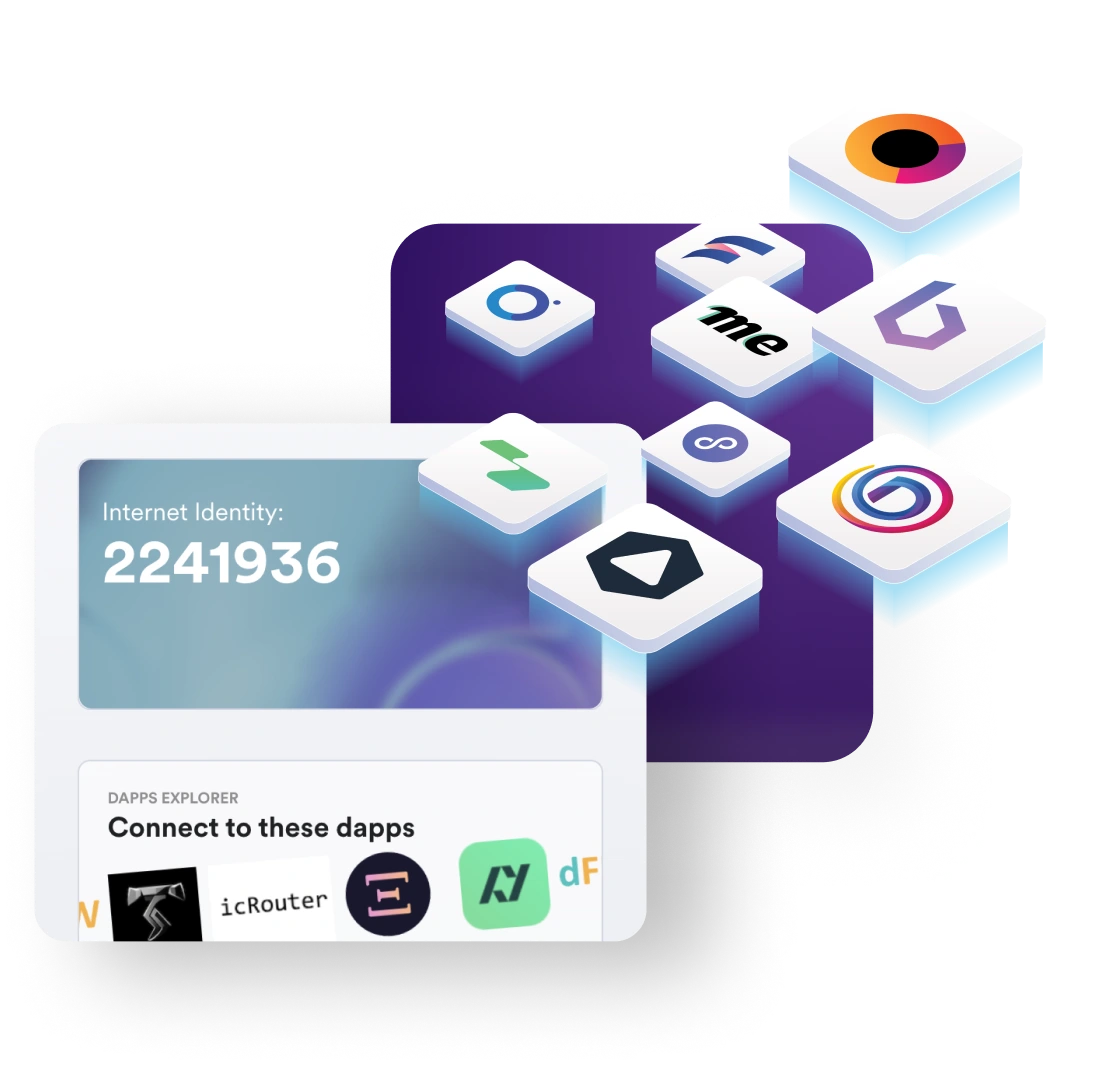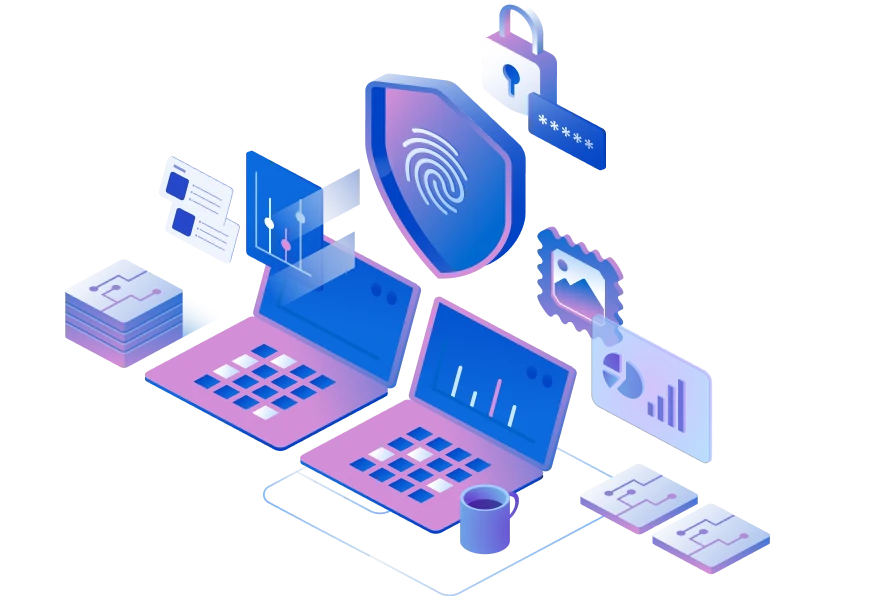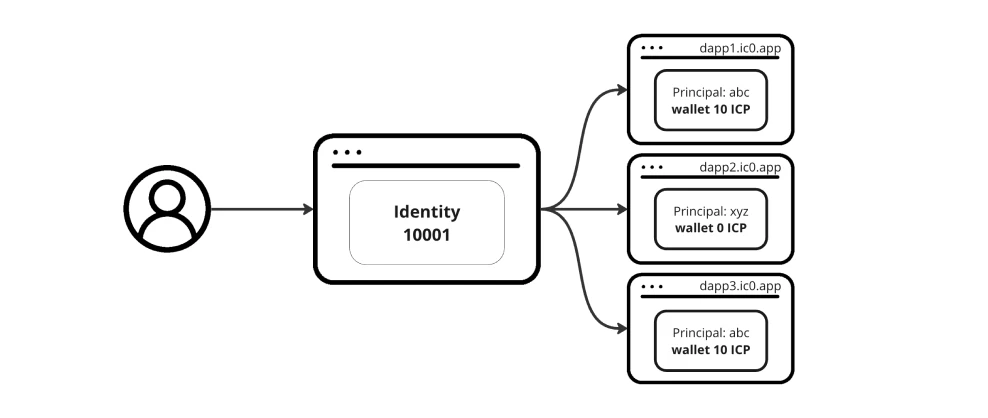A complete dev platform
Easily gate access to experiences without having to collect and store sensitive personal information. For developers, the availability of SDKs, documentation, tooling, and open source code increases productivity when building credential sharing dapps.
Used by Caffeine
Internet Identity 2.0 is the sign in option for Caffeine, the AI platform that builds and deploys web apps from natural language prompts.
Build fully onchain dapps
Build the next generation of secure, tamperproof and fully-on chain Web3 applications on the Internet Computer. Dynamic Web3 experiences (SocialFi, GameFi) built with smart contracts require a new approach to secure authenticated sessions, which Internet Identity provides.
Avoid app store blocking
Internet Identity makes it possible to build great Web3 applications that users access with just their browsers. Your dapp can securely hold and interact with tokens and smart contracts across chains (thanks to Chain Fusion) with no app store policies to worry about.
Existing user base
Plug into a user base of 2.5 million internet identities and 70,000 monthly active unique users.
Built with WebAuthn
WebAuthn significantly increases user convenience while reducing the risk of phishing and credential theft. It enables passwordless authentication through biometric data or hardware keys.






